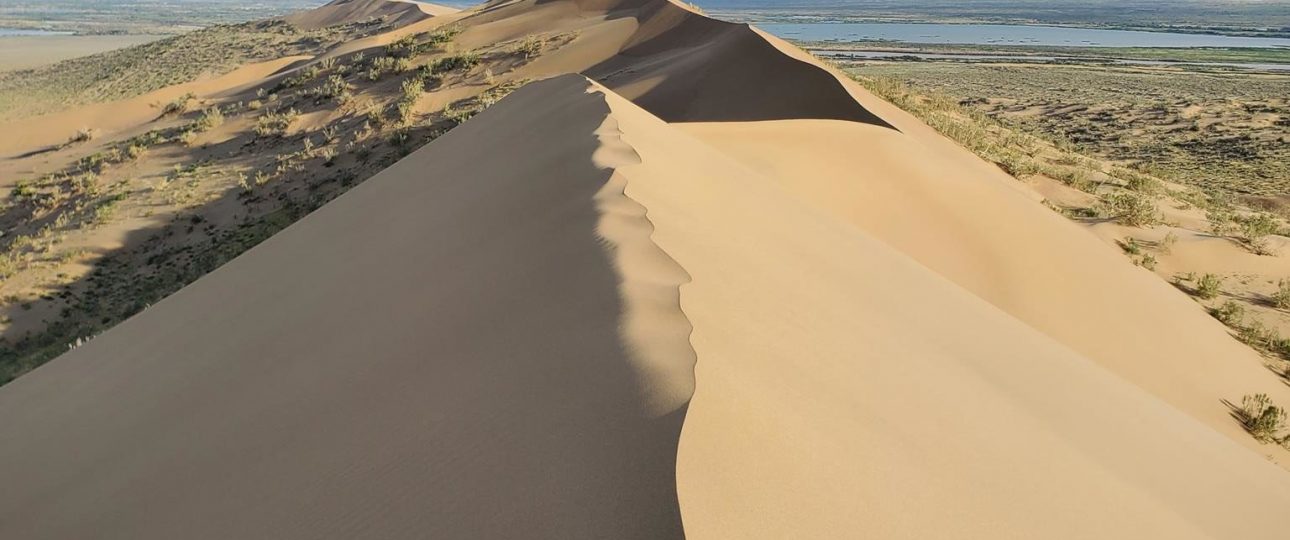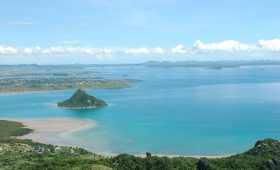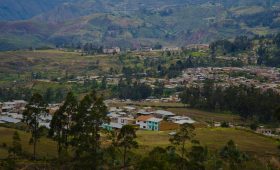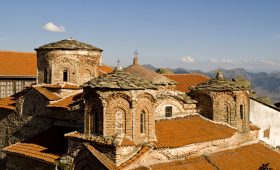Singing Dune: A Unique Natural Phenomenon in Kazakhstan
The Singing Dune: Nature’s Melody
In the vast expanse of Altyn-Emel National Park, Kazakhstan, lies the Singing Dune, a natural marvel that captivates both scientists and travelers. This crescent-shaped dune, known as a barchan, stretches over 3 kilometers and towers at 150 meters. What makes it extraordinary is the sound it produces—a deep, low-pitched rumble that can reach up to 105 decibels, akin to the “Song of Dunes” heard in select desert locations worldwide.
The Sound of Music
The Singing Dune’s melody is triggered by the movement of sand grains, either from the wind sweeping across its surface or from the footsteps of visitors. This movement causes the sand to slump or avalanche, creating friction that results in the dune’s distinctive sound. The sound varies from a gentle hum to a booming roar, offering a surreal auditory experience. The grains’ unique composition and shape, along with their uniformity and cleanliness, contribute to this phenomenon.
Unveiling the Mystery
Despite extensive study, the exact scientific explanation for the Singing Dune’s sound remains elusive. Some theories suggest that the dune acts as a natural resonator, amplifying the vibrations caused by the wind. Others propose that the friction between sand grains, possibly coated with dried salt, produces the sound. Regardless of the precise mechanism, the dune’s ability to “sing” adds to its allure and mystery.
When to Visit
Timing your visit to the Singing Dune is crucial for the best experience. The late afternoon or early evening is ideal, as the wind tends to be stronger, enhancing the chances of hearing the dune’s song. The months from May to September offer favorable weather, with milder temperatures and minimal rainfall, making it the best period to explore this natural wonder.
Getting There
Reaching the Singing Dune requires some effort, but the journey is rewarding. Almaty, Kazakhstan’s cultural hub, is the nearest city. From there, you can arrange a tour or rent a car for the approximately 4-hour drive to Altyn-Emel National Park. The route offers stunning views of the Kazakh steppe, adding to the adventure.
Local Transportation
Once in Altyn-Emel National Park, hiring a local guide or joining a guided tour is recommended. These guides are well-versed in the area’s geography and history and can provide valuable insights into the Singing Dune and other park attractions. They can also assist with transportation to and from the dune, ensuring a smooth visit.
Summary
- The Singing Dune is a remarkable natural phenomenon in Kazakhstan’s Altyn-Emel National Park.
- It produces a unique sound when sand grains move, creating a deep, resonant melody.
- The scientific explanation for the sound is still not fully understood.
- Visit during late afternoon or early evening for the best chance to hear the dune sing.
- May to September offers the most favorable weather conditions.
- Travel from Almaty to Altyn-Emel National Park to reach the dune.
- Local guides can enhance your experience and assist with logistics within the park.




